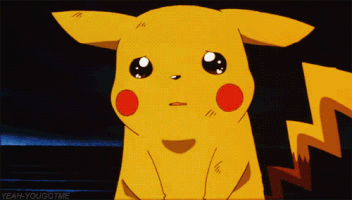Gases being forced sideways is the dumbest thing I've ever heard. And as far as turbulance, that's another illusion. If the projectile, be it ball or flat based bullet is placed over the charge as it should, then the force created by the gases will be equal tall around. The reason a flat base obtruates is because there is an equal pressure on the base of the bullet and the only way the material can move is outward toward the bore walls. With a ball the pressure is still equal but it is trying to force material to the ball's center. But because the ball cannot compress to any noticable degree it doesn't obturate.









